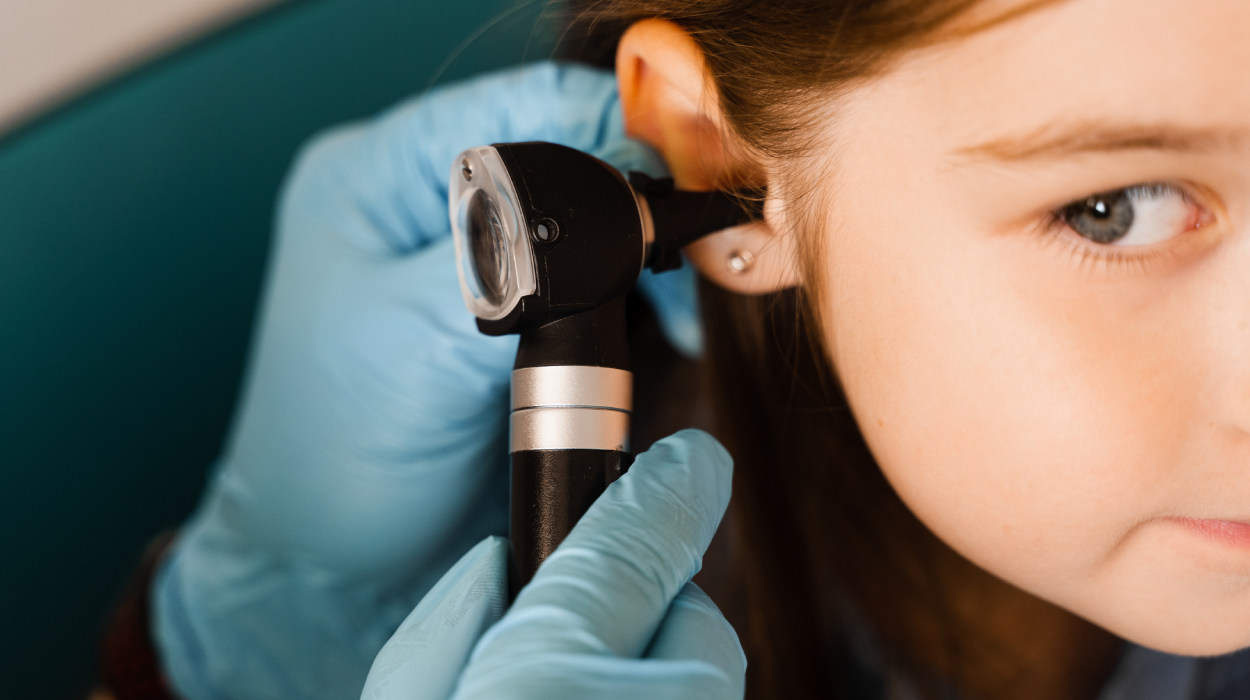Children's ENT
- Home
- Children’s ENT

Otitis media with effusion (OME or Glue Ear) is a very common childhood condition. It can cause hearing loss which may first come to the attention of parents or health care providers because of poor speech and language development.
It can also cause recurrent middle ear infections which are distressing for both the child and the parents. These infections can sometimes lead to a perforation (hole) in the eardrum as the infection in the middle ear cavity builds up pressure and bursts through the ear drum.
There are various options for managing a patient with OME. These include a ‘watch and wait’ approach, hearing aids, and surgery. For recurrent infections, some people advocate long-term, low dose antibiotics.
The insertion of ventilation tubes, or ‘grommets’, is a surgical treatment for OME which acts as a temporary fix. This buys time for the patient’s middle ear function to develop sufficiently that they no longer develop OME. Sometimes a patient may require more than one set of grommets.
Not infrequently, children may also require removal of their adenoids to help with their middle ear problems, as these are thought to provide a source of infection which spreads through the Eustachian tube into the middle ear.
More information here.
Children can develop snoring at a very young age, and it may even be present from birth. In patients with certain syndromes, it can be due to anatomical restrictions in the airway caused by a receding jaw or weak muscles/tissues in the throat. However, in most children, it can be due to enlarged tonsils and adenoids.
These same patients may also develop sleep apnoea which occurs because of intermittent complete obstruction of the upper airway during sleep, due to similar causes as above. The parent/carer will notice the child stop breathing for a few seconds after a period of snoring/noisy breathing. The child will then suddenly start breathing again.
In many cases, removing the tonsils and/or the adenoids could be the best treatment for this. If the child has a syndrome, then occasionally further investigations (eg. a sleep study) or a referral to a specialist centre may be appropriate.
More information here.
If you have a question about anything related to ear, nose or throat health, or rhinology, please leave us a message below.